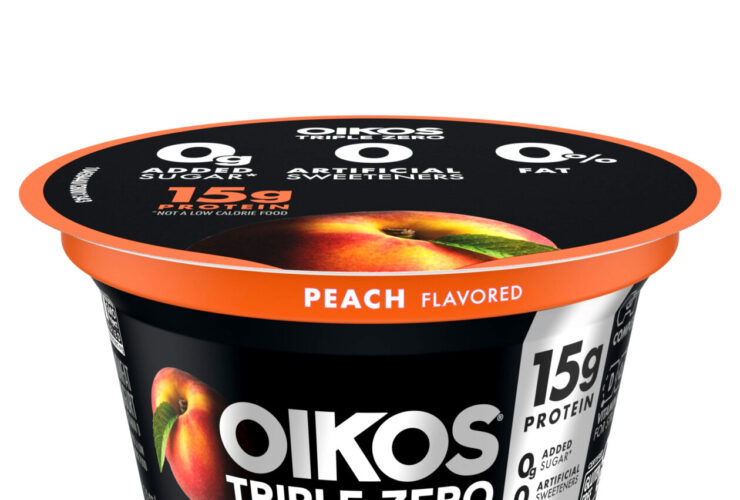Eating is pivotal in our overall health and well-being, impacting our physical and mental health. In today’s fast-paced world, many individuals struggle with maintaining a healthy relationship with food, leading to various health concerns. Among the approaches gaining traction for promoting mindful and intuitive eating, understanding the critical differences between these practices can significantly influence our dietary choices and ultimately improve our health outcomes.
Mindful and intuitive eating are two dietary approaches rooted in mindfulness and self-awareness. While they share commonalities, such as promoting a non-restrictive approach to food, they also exhibit distinct characteristics that cater to different aspects of our eating behaviors and mindset.
Exploring Mindful Eating and Intuitive Eating
Mindful Eating: Enhancing Awareness and Intentionality
Mindful eating revolves around being fully present and attentive to the eating experience. It encourages individuals to fully engage their senses, savoring each bite’s tastes, textures, and aromas. By minimizing distractions and practicing gratitude for the food on our plates, mindful eating fosters a deeper connection with our meals and promotes a sense of satisfaction and fulfillment.
Intuitive Eating: Honoring Body Signals and Rejecting Diet Culture
Intuitive eating, on the other hand, is a comprehensive approach focused on attuning to our body’s hunger and satiety cues while rejecting societal norms and dieting mentality. It emphasizes unconditional eating permission and encourages individuals to trust their bodies’ innate wisdom. By honoring hunger, respecting body cues, and making peace with food, intuitive eating fosters a positive relationship with eating and promotes long-term well-being.
The Impact of Mindful Eating and Intuitive Eating on Health Conditions
Obesity and Weight Management
Mindful eating and intuitive eating focus on internal cues rather than external rules, leading to more conscious food choices and reduced overeating. By fostering a positive relationship between food and the body, these practices can help individuals maintain a healthy weight without resorting to restrictive diets or harmful behaviors.
Disordered Eating and Eating Disorders
Both mindful eating and intuitive eating promote a non-judgmental approach to food, helping individuals overcome the guilt and shame associated with eating. By honoring hunger and satiety cues, these practices can support individuals in recovering from disordered eating patterns and developing a balanced relationship with food.
Metabolic Disorders
Mindful eating and intuitive eating encourage mindful food choices and portion control, which can help regulate blood sugar levels and improve metabolic health. By focusing on whole, nutrient-dense foods, these practices can support individuals in managing metabolic disorders such as diabetes and metabolic syndrome.
Practical Tips for Incorporating Mindful Eating and Intuitive Eating
Incorporating mindful and intuitive eating into your daily routine can be empowering and transformative. Here are some practical tips for embracing these practices and reaping their benefits:
- Practice Mindful Awareness: Take time to savor each bite, paying attention to the taste, texture, and aroma of your food.
- Listen to Your Body: Tune into your body’s hunger and fullness cues, eating when hungry and stopping when satisfied.
- Reject Diet Mentality: Challenge societal norms and dieting rules, embracing a non-restrictive approach to food and body.
- Embrace Joyful Movement: Engage in physical activity that brings you joy and enhances your overall well-being.
- Seek Support: Contact a registered dietitian or counselor specializing in mindful or intuitive eating for personalized guidance and support.
Conclusion
Mindful and intuitive eating offers holistic approaches to food and eating, emphasizing awareness, self-compassion, and trust in our body’s wisdom. By incorporating these practices into our lives, we can cultivate a healthier relationship with food, promote sustainable behavior change, and improve our overall health and well-being. Remember, eating is not just about nourishing our bodies—it’s about nourishing our souls and fostering a deeper connection with ourselves and the world around us.
References
(1) Mindful Eating 101 — A Beginner’s Guide – Healthline
https://www.healthline.com/nutrition/mindful-eating-guide
(2) What Is Intuitive Eating?
https://www.webmd.com/diet/what-is-intuitive-eating
(3) Mindful Eating – University of Maryland Graduate School
https://graduate.umaryland.edu/beyondthedegree/Faculty-Articles/Mindful-Eating
(4) What is Intuitive Eating? – FOOD AT UBC VANCOUVER
https://food.ubc.ca/what-is-intuitive-eating/
Was this helpful?

Joseph Emb, RDN
Founder of StyleVitally.com | Registered Dietitian & Wellness Advocate
What I Cover:
I’m passionate about connecting nutrition science and everyday wellness to help people live healthier, more vibrant lives. I write about evidence-based nutrition, mindful eating, sustainable lifestyles, and holistic well-being at StyleVitally.com.
My Background:
The University of Texas in Austin, where I earned my Dietetics diploma, laid the groundwork for my nutrition and health career. My training and hands-on experience taught me the science and art of using nutrition to enhance health and well-being.
Professional Journey:
I’m an RDN with lots of experience. I’ve helped people seeking tailored nutritional recommendations in clinical settings and community outreach programs. My constant learning and professional development ensure that my recommendations are always based on the latest evidence.
Ethical Commitment:
My practice prioritizes integrity. My content is transparent and objective, following the most significant ethical standards. I can give my audience unbiased advice because I’m not affiliated with food businesses or industry associations. I want to help people make informed health decisions that match their values and ambitions.
Join Me on the Wellness Journey:
Join me on the path to vitality and well-being, whether facing nutritional issues, seeking sustainable lifestyle changes, or simply wanting a better, happier you. We’ll discover how diet, mindfulness, and holistic well-being can maximize your potential.










Leave a Reply
View Comments